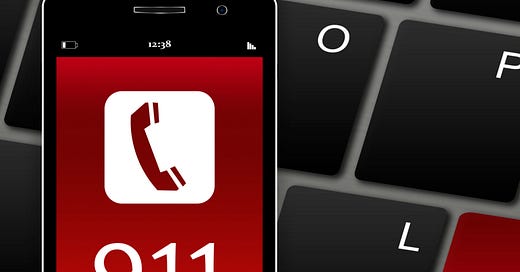FCC Commissioners Say Wireless Carriers Got Over on 911 Location Requirements
Rather Than Requiring Carriers to Certify This Year, FCC Kicks the Can Down the Road
FCC Commissioners Brendan Carr and Nathan Simington say that a deal the agency cut with the nation’s three largest wireless carriers relieves them of public safety obligations regarding 911 vertical …
Keep reading with a 7-day free trial
Subscribe to Location Business News to keep reading this post and get 7 days of free access to the full post archives.



